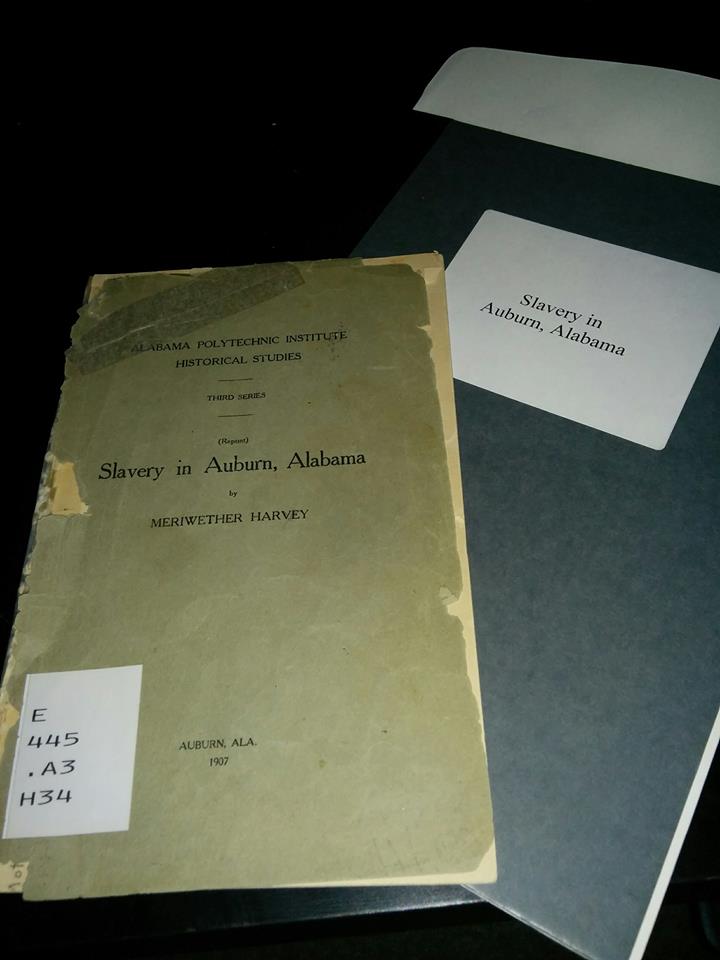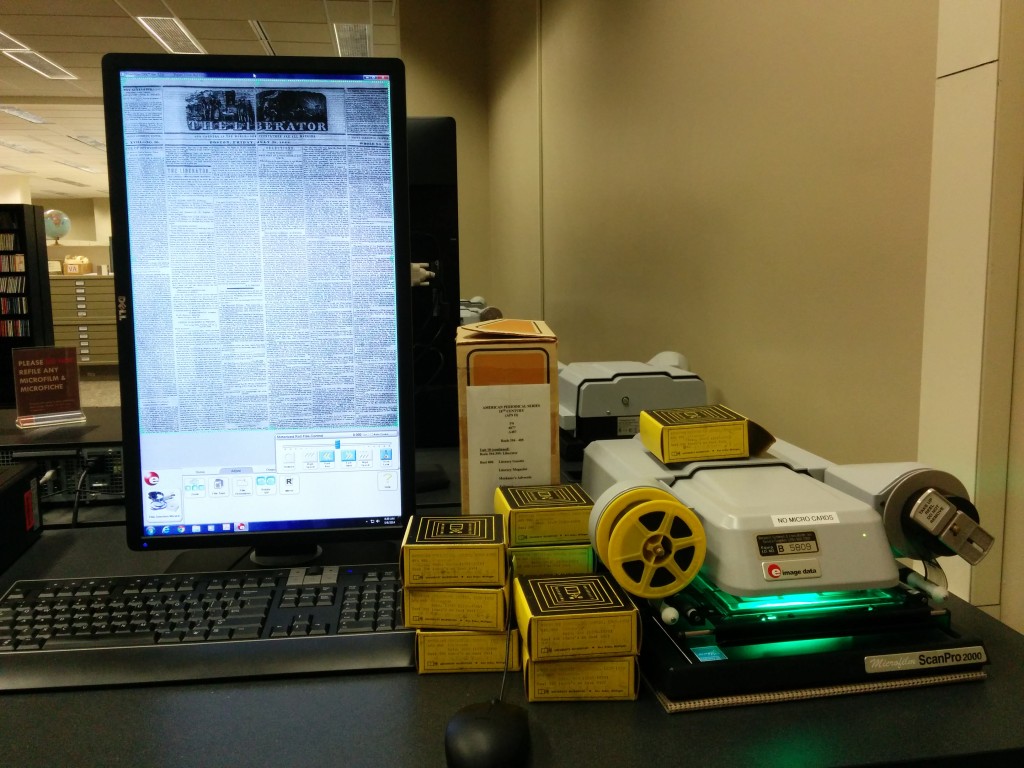[. . .]
The theory of anarchism has a destructive, as well as a constructive side. It, being the doctrine of equal liberty, it is necessarily opposed to all that destroys this equal liberty, classing all such destructive agencies under the general term “government.” This word has been defined by anarchists as invasion of the non-invasive individual’s liberty. In this sense, I must insist that the word be used in this discussion, for in this sense I shall use it: and if, in criticising my statements, you use the word in a different sense, you are not criticising the thought expressed by me, but only a thing of your own manufacture.
It may be claimed, however, that government, even in this sense, is but imperfectly defined until we know what does, and what does not, constitute invasion of equal liberty in every imaginable case. I concede that a difficulty exists here—that the line cannot be quite definitely drawn. But pray, have those who thus object, a remedy to offer? Have their courts of justice (?) ever discovered the true line? Have they ever discovered what, as an argument against a social theory, is claimed to be undiscoverable? Or, have they not, on the contrary, perpetrated invasions of equal liberty so gross that even the dullest mind must perceive it and cry out in disgust? Under liberty, however, this difficulty will continue to grow less; men will ever more realize their mutual dependence, and this must increase with the development of the social organism. And realizing this mutual dependence, they will adjust these minor differences according to their intelligence—an adjustment which government often prevents.
Now let us get back to the main point: anarchism is necessarily opposed to all government; the state is essentially governmental (that is to say, invasive), not only in its reaction on other organisms, but also in the forming of its own organization; it invades the liberty of its own members. What the anarchist objects to in the state is not the element of organization but the element of government.
Take the element of government out of the state, and no anarchist will object to the remains.
Since organization vastly increases the strength and efficiency of that which is organized, the anarchist sees in organized government—that is, organized invasion—the most effective and the most dangerous kind of invasion. The doctrine of equal liberty necessarily implying the unconditional self-ownership of the individual, it logically follows that it implies, also, the ownership of his product. The taking of the producer’s product without his consent is described by the anarchist as robbery. Hence anarchism is opposed to robbery—to all robbery. And again it finds in organized robbery the most effective form. Through the instrumentality of the state some individuals acquire a monopoly of opportunities, some of which are absolutely necessary to the production of wealth, and others very helpful to it. Such opportunities are freedom to the use of land, the freedom of trade, the freedom to use any medium of exchange which will be accepted, the freedom to invent or to copy, etc.,—monopolies which are unthinkable in absence of government, and which enable their holders to extract from the producer, as a tribute for allowing him to utilize whatever is so monopolized, such a portion of his product as is equaled by the benefits derived from this utilization. Now, since the monopolization of natural opportunities is based on invasion of equal freedom—on government,—its necessary economic result, the exaction of this tribute, (which, I believe, I am safe in saying, constitutes the greater part of the whole product) is also based on government.
Such is the fruit of organized robbery. And again, anarchism is opposed, not to the organization, but to the robbery. Although, of course, without the robbery, the organization would be without purpose in this instance, and consequently would not exist.
Having seen that anarchism is not opposed to organization itself, let us now go a little further and see if it does not in some cases indirectly further organization, by opposing that which tends to prevent or retard this organization. Since organization, as we have seen, is the life-principle of all aggregation or association, it is obvious that it would take place naturally wherever the individuals composing an association found it mutually advantageous. And it would take place as rapidly as they fuond it to be to their mutual advantage, provided this organization were not opposed by other forces. All such opposition must necessarily be in the nature of invasion of liberty; such opposition must be government. Anarchism then, by opposing government, would indirectly further such organization.
Instances of government opposing organization are numerous. Let us take society in general. There is a natural tendency for people to shift about, until they finally settle where they find surroundings to which they are best adapted. This tendency is being interfered with by organized government—the state—through emigration and immigration laws. In thickly-populated parts of the earth we find government prohibiting emigration, while in relatively thinly-populated countries the same force is directed against immigration.
In the industrial organism, government interference is so obvious that it is needless to point out any particular case. Wherever we turn, we find ourselves confronted by tariffs, patents, copyrights, licenses, and numerous other legislation. While these laws effectually rob the producer, they also retard industrial organization. For in the absence of these interferences, under free competition, each, after taking into account the economic demand and natural opportunities, would take to such employment as would be best fitted to his peculiar abilities. This he does now, after taking into account also the tax, fine, or (as I should call it) the robbery, which is attached to the consumption of some products, and which tends to disturb the demand. Now, if this legislation remained unchanged, the adaptation would at last become perfect, and although the producer would still be robbed, the organization of industry would not be retarded. But on account of the constant fighting among the robbers for the plunder, and through other causes, this legislation is ever changing, and the energy, which under freedom, would be used for further organization, is wasted in re-adaptation to changed interfering agencies. Hence, such legislation retards industrial organization; and anarchism, since it opposes government, both organized and unorganized, indirectly furthers social and industrial organization.
[. . .]
–From Fred Schulder, The Relation of Anarchism to Organization (1899; Cleveland, Horace E. Carr)
Schulder (1874-1961) was a anarchist writer, speaker, and sometime traveling salesman — during 1907-1908, he made a living travelling throughout America selling books from Benjamin Tucker’s publishing house and subscriptions to Liberty. He had a conscience marriage
with fellow anarchist writer Adeline Champney; their son, Horace Champney, was an anti-war radical involved with A Quaker Action Group, who sailed a boat full of medical supplies to North Vietnam during the American War. James J. Martin described this pamphlet by Schulder in the context of the younger generation of individualists trying to build on the work of Tucker and the Liberty circle: Others attempted the task assumed by [William] Bailie in reconciling the many elements which went to make up individualist anarchism from the combined influence of Spencerian and Stirnerite doctrines. One of these projected syntheses was the brief outline of Fred Schulder, The Relation of Anarchism to Organization. Another was Francis D. Tandy, an associate of Cohen in Denver, whose Modern Social Tendencies and Voluntary Socialism were anarchist works of considerable repute, showing influence of Tucker, Spencer and Thoreau. Both Tandy and Schulder were recipients of Tucker’s approval in their activities along the program of educational propaganda for the anarchist cause
(Men Against the State [1970/2009], p. 258). (Tucker may well have approved of Schulder’s efforts, on the whole, but the reaction to the pamphlet in Liberty [“On Picket Duty,” XIII.12, p. 1] was to make fun of the typesetting. Having read the original, I can say that this was an accurate enough complaint; but perhaps not entirely to the point.) Schulder’s essay is, in any case, an interesting attempt at discussing the possibilities of consensual social organization, and the anti-social, anti-coordinative features of State force, from a framework based on Spencerian evolutionary theory.




